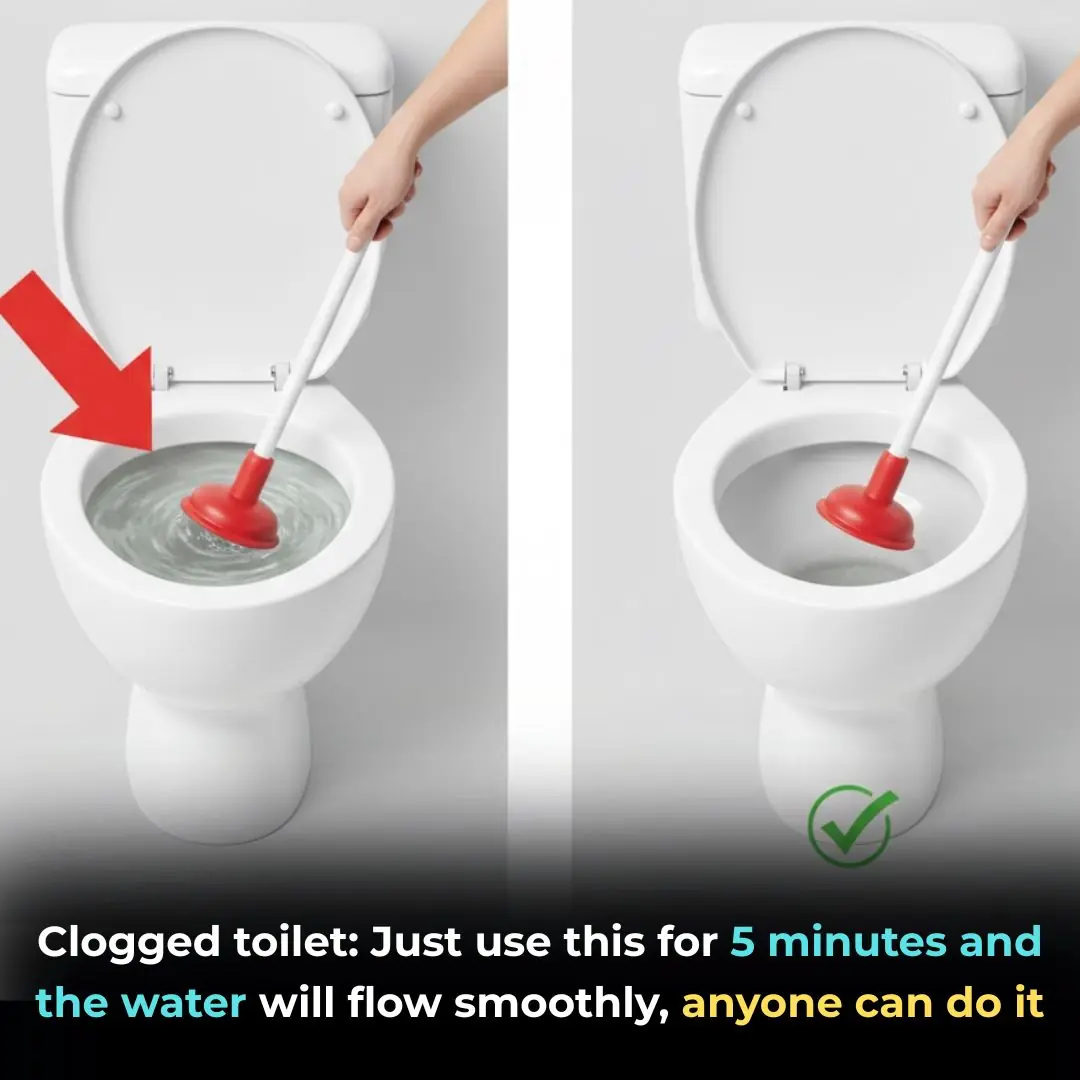
Didn’t Realize You Could Do This
When you’re chasing that lush, comfortable garden space, weeds often become your most persistent adversary. While commercial herbicides promise quick fixes, they often disturb your garden’s ecosystem and may harm beneficial soil life. Luckily, there’s a natural and highly effective method you may not have considered: using old newspapers as a weed suppressant. This approach recycles waste and offers a chemical-free path toward a tidier garden. Here’s how it works and how you can implement it.
The Science Behind Using Newspaper for Weed Suppression
At its core, the newspaper method relies on blocking sunlight from reaching weed-seeds in the soil. Without light, most weed-seeds can’t germinate properly. Furthermore, as newspaper breaks down, it adds organic material to the soil, improving its structure, water-holding capacity and microbial activity. According to extension garden-science guides, layered plant-material (like newspaper or cardboard) is a proven mulch alternative. (unl.edu )
By combining light-blockage with decomposition, you create both a physical and biological barrier to weeds — a far better outcome than relying solely on herbicides.
Materials Needed for Newspaper Weed Control
You don’t need fancy supplies. Here’s what to gather:
-
A stack of old newspapers (avoid glossy inserts and slick pages because some inks or materials may not degrade well).
-
A watering can, hose or garden sprayer.
-
Organic mulch such as straw, wood chips, or shredded leaves.
-
Garden gloves.
-
(Optional) A rake to level the soil beforehand and scissors or utility knife if you’re working around plants.
The simple list makes this method accessible to virtually every gardener.
Step-by-Step Guide to Using Newspaper to Eliminate Weeds
Step 1: Prepare your area
Clear away obvious existing weeds either by pulling them or cutting them down to soil level. Rake the surface so it is even, the soil is loosened a little, and the newspaper can lie flat. Starting clean improves the outcome.
Step 2: Lay down the newspaper
Take about 8-10 sheets (or a pile that scales to your area) of plain newspaper and spread them across the soil surface, overlapping edges by at least 6 inches so no light gaps appear. If you need to work around existing plants, cut slits carefully.
Step 3: Wet the newspaper
Use your hose or watering can to soak the newspaper thoroughly. This helps the sheets cling down and start the decomposition process. Wet newspaper also conforms around plant bases and terrain. In fact, wetting is essential so the barrier becomes effective immediately.
Step 4: Cover with mulch
Add a 2–3 inch layer of organic mulch over the wet newspaper. This mulch serves three purposes: (a) holds the paper in place, (b) adds another weed–suppressing layer, and (c) improves aesthetics of the garden bed. Good mulch options include straw, shredded bark, or leaf-mould.
Step 5: Monitor and maintain
Check periodically for any weeds poking through or curling up newspaper edges. After heavy rain or wind you may need to re-tamp or add newspaper/mulch. Over time the newspaper will decompose and feed the soil; you may need to replenish every 12–24 months depending on conditions.
Why This Method Is Effective
-
Sunlight block: Newspaper deprives weed-seeds of light necessary for germination.
-
Physical barrier: It makes it harder for weeds that are already in the soil to push through.
-
Soil improvement: Decomposed newspaper becomes organic matter, enhancing soil health rather than replacing it with synthetic weed killers.
-
Sustainability: You’re recycling print-waste rather than buying new chemical products. Many garden-extension specialists promote mulching with recycled paper or cardboard for this very reason. (extension.umn.edu )
Additional Tips for Successful Weed Control
-
Apply this method in early spring before major weed germination starts — this gives you a jump-start.
-
For aggressive perennial weeds, use two layers of newspaper for extra barrier strength.
-
Be cautious of the mulch you choose — some mulches (especially untreated straw or wood chips from unknown sources) may themselves introduce weed seeds.
-
If you are working around established perennials, make sure the newspaper doesn’t suffocate their crowns; slit carefully.
-
For best eco-practice, avoid brightly coloured glossy paper, heavy-ink inserts, or plastics mixed in with your newspaper layers.
Alternative Natural Methods for Weed Elimination
If you’d like more variety beyond newspaper:
-
Cardboard: Similar principle, large sheets cover ground quickly.
-
Landscape fabric: More durable but less organic; needs to be topped with mulch to look good.
-
Living ground-covers: Plants that fill the soil and crowd out weeds naturally.
-
Vinegar or boiling water: Good for spot-treating weeds, but not for large beds because they may harm desirable plants.
-
Hand-pulling and hoeing: Always effective; combines with barrier methods for best results.
Conclusion: Embrace Eco-Friendly Weed-Control
By using old newspapers as a mulch and suppression layer, you’re achieving weed control without relying on synthetic herbicides, improving your soil, and recycling print-waste in one go. It’s a smart, low-cost, low-effort strategy that any gardener can adopt. Thus you maintain a beautiful, healthy garden while keeping environmental impact low. Try it this season — it may become your go-to fix when weeds pop up.
News in the same category


Everyone has made this mistake. What is the normal bl00d pressure for each age?

‘Forgot to Smooth Out His Hands’: Karoline Leavitt’s Family Photo Sparks Suspicion — Fans Say Her Husband’s Face Looks One Age and His Hand Looks Another
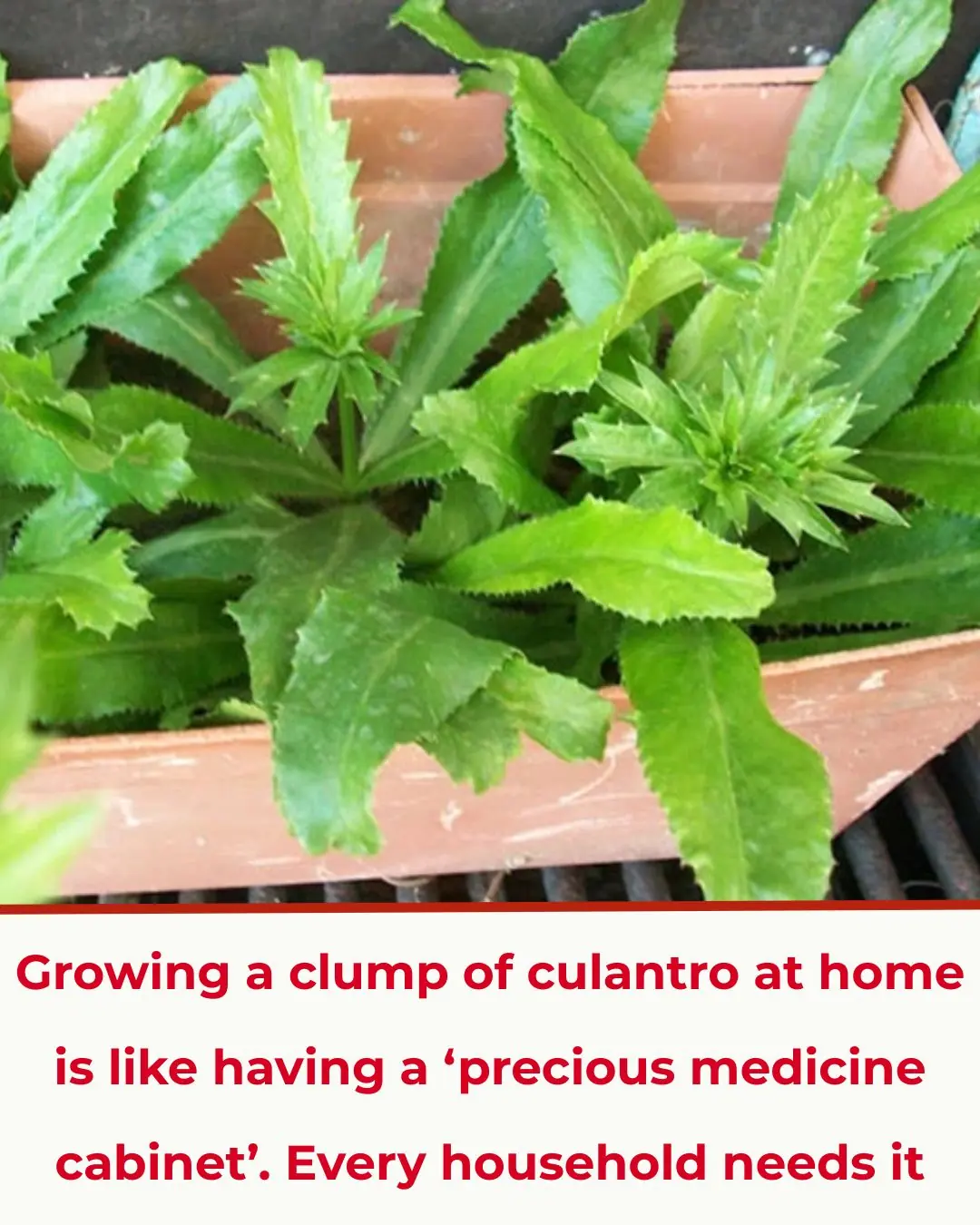
You’re Doing It All Wrong: Here’s the Right Time to Pick Tomatoes

7 Health Problems That Can Arise If You’re Lazy About Drinking Water

10 Foods Cancer Cells “Love” – and Why Eating Them Daily Could Be Risky

Is Eating Spicy Food Every Day Good for You? Surprising Effects of Chili on the Heart, Blood Pressure, and Longevity

If You’re a Gardener, Here’s Why You Should Collect as Many Pine Cones as You Can

You’re Doing It All Wrong. Here’s the Right Time to Actually Pick Tomatoes
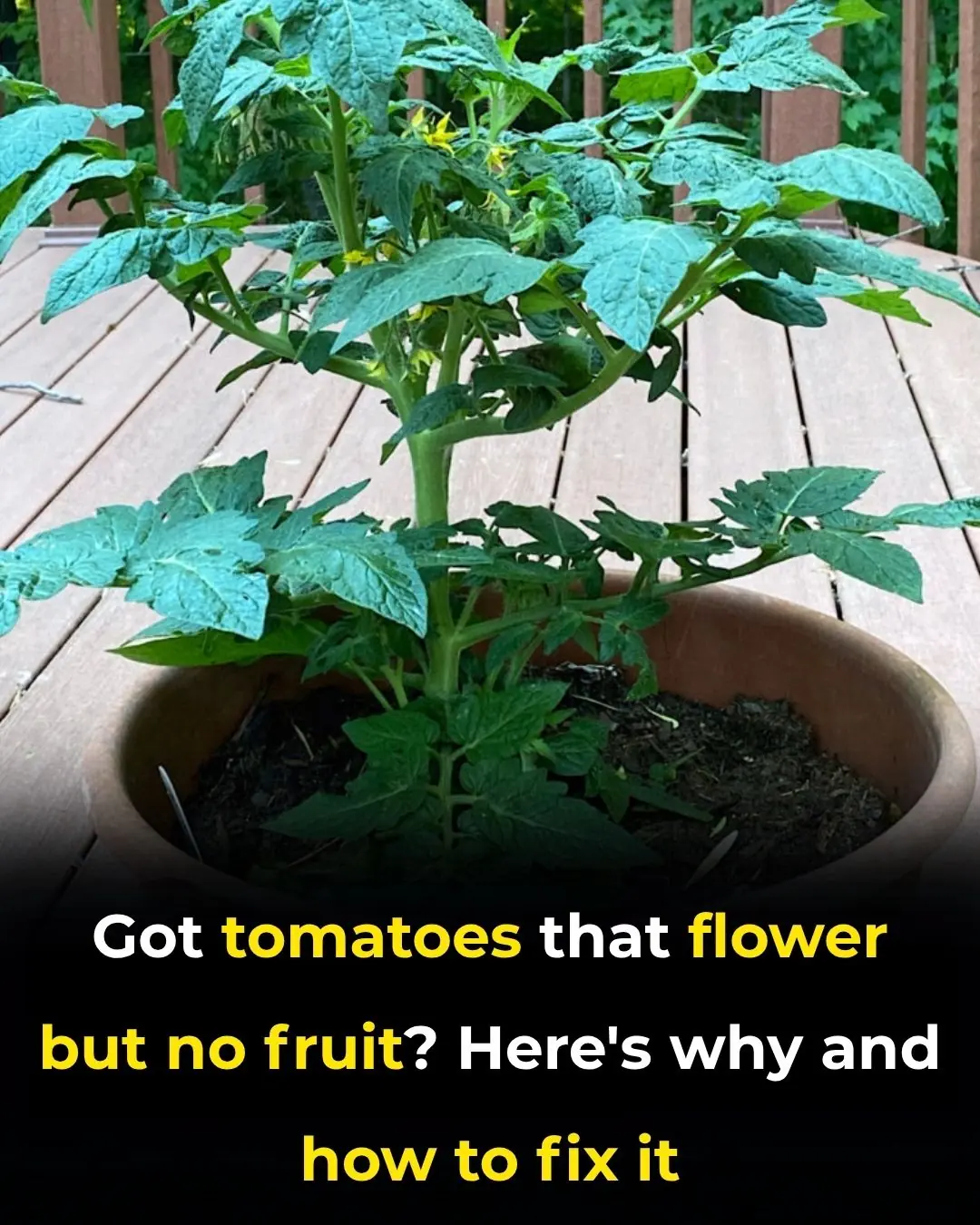
“Got Tomatoes That Flower But No Fruit? Here’s Why & How to Fix It”

‘He was a Snake’: Hugh Jackman’s Ex-Wife Plotting to Expose Everything Following the Actor’s Flirty Red Carpet Debut with Sutton Foster

6 Ways Dr. Martin Luther King Jr. Changed America

Howard Alumni Phylicia Rashad and Taraji P. Henson Surprise Student With a $25K Scholarship

Great-Grandmother Receives College Degree At 78-Years-Old

5 New Things To Teach Your Child About Bessie Coleman

This Family of Four Is Providing Black Families With Top-Rated Luxury Bookings

Celebrating Angela Davis: 5 Things You May Not Have Learned About the Iconic Activist

Huge blow for Cat Burns and Alan Carr ahead of Celebrity Traitors final as Brits back Faithfuls to win

Strictly pro Kai Widdrington ‘in trouble’ over brutal comment to Vicky Pattison: ‘So bad’
News Post

Pour a little fabric softener into the bowl, many problems in the house are solved immediately.

When thawing meat, add a few drops of this mixture for 10 minutes to soften the meat and keep it fresh and delicious.

When arranging roses, don't just use plain water. Add a few drops of this and the flowers will bloom. After 10 days, they will still not be fresh.

Because what Gideon didn’t realize was…

Everyone has made this mistake. What is the normal bl00d pressure for each age?

Squeeze a few drops of lemon into the eggs before frying them. Unexpected benefits that not everyone knows.

When frying fish, just add this to the pan, a miracle happens, the fish becomes golden and crispy, does not fall apart, and sticks to the pan.

No way, I was so out of the loop here

After eating grapefruit, do not throw away the seeds. These seeds have special benefits that many people do not know.

My nana taught me this hack to remove hard water stains in 2 mins with 0 work. Here’s how it works
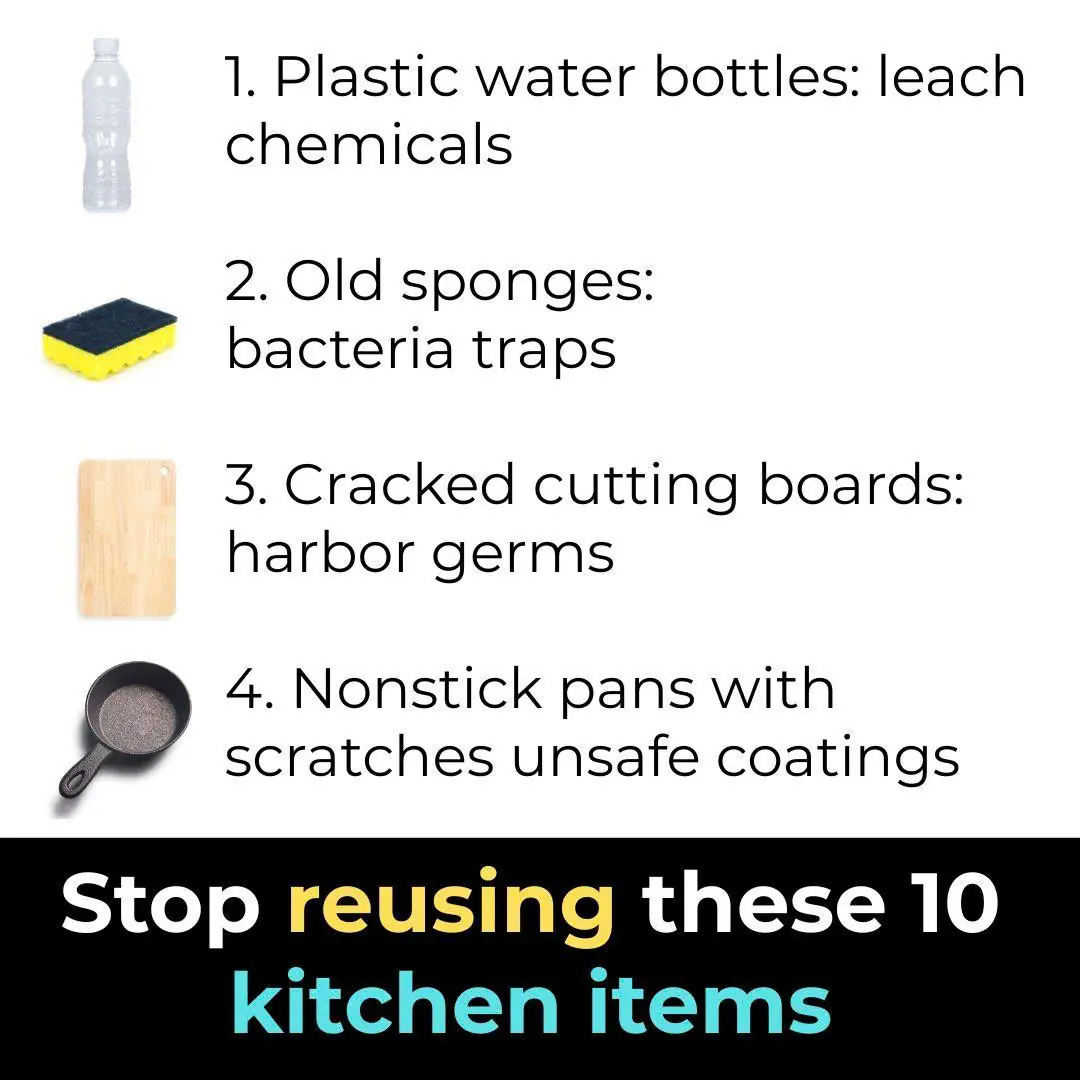
Stop reusing these 10 kitchen items

‘Forgot to Smooth Out His Hands’: Karoline Leavitt’s Family Photo Sparks Suspicion — Fans Say Her Husband’s Face Looks One Age and His Hand Looks Another

My nana taught me this hack to shine stainless steel sink in 2 mins with 0 work. Here’s how it works

Senna Alexandrina: 7 Benefits and uses

Ginger and Orange Detox Drink – Cleanse Kidneys, Liver, and Lungs Naturally
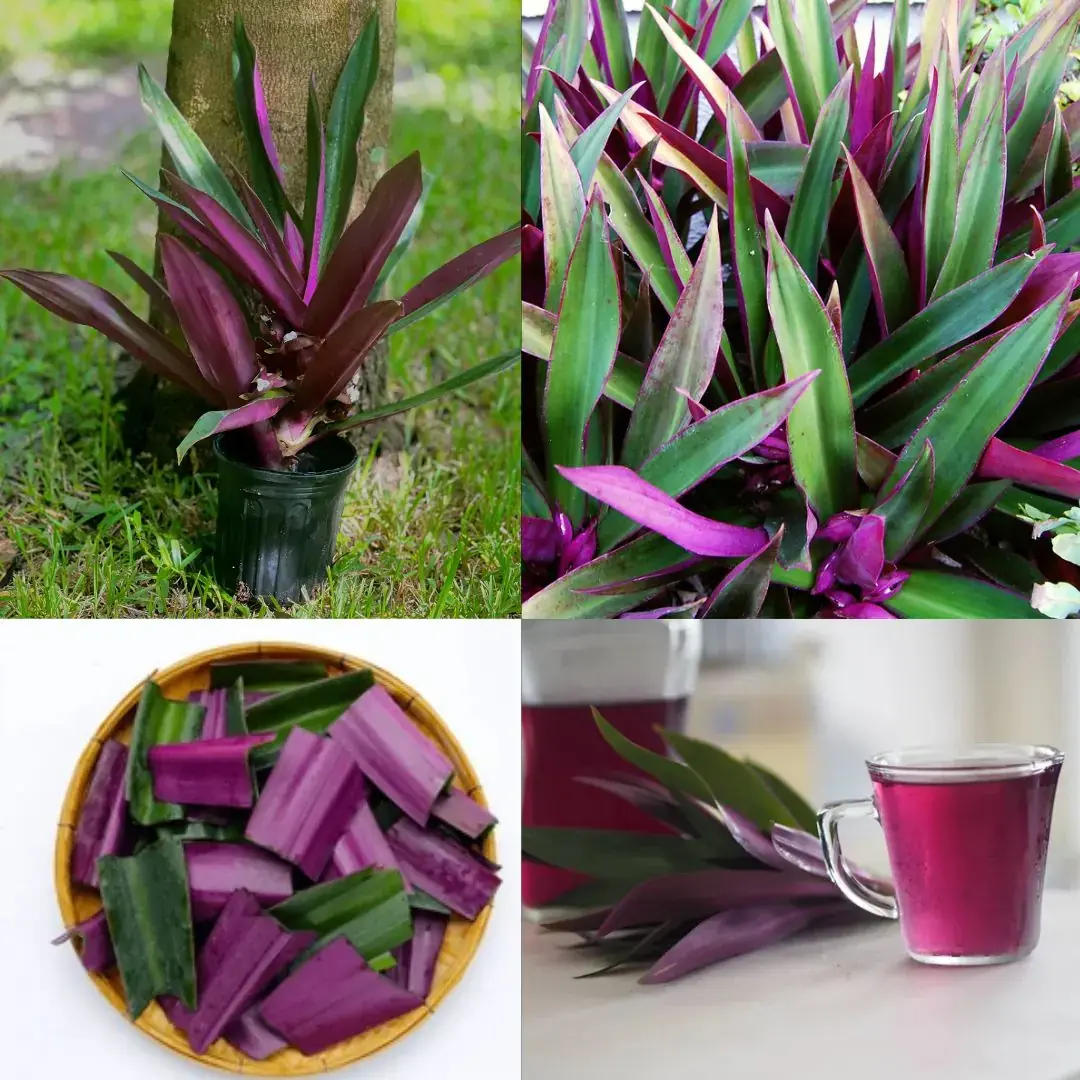
The Purple Maguey Plant — Benefits and Traditional Uses
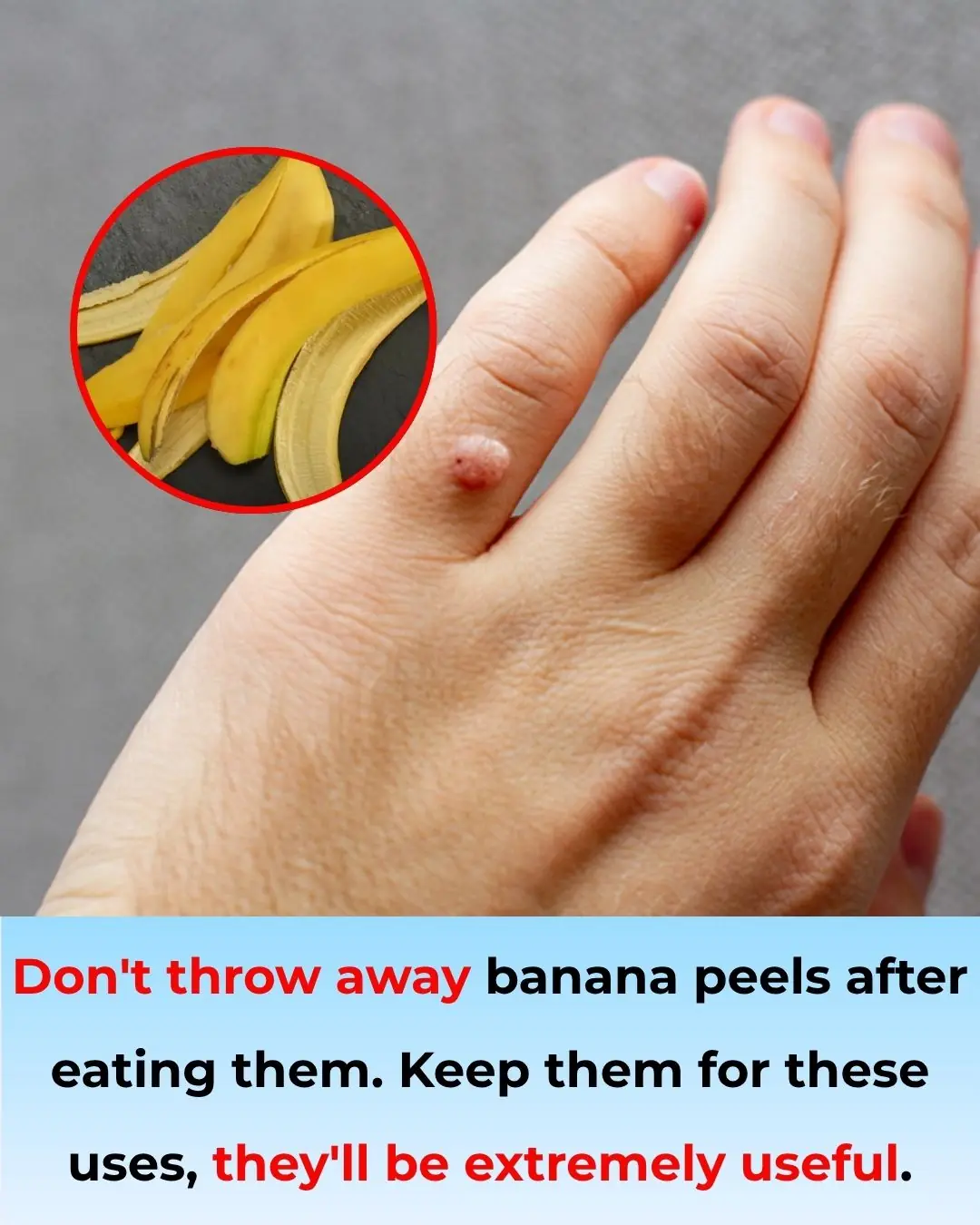
Don’t Throw Away Banana Peels! Keep Them for These Surprisingly Useful Purposes

Wooden Cutting Board Mold and Odor? Soak It in This “Solution” and It Will Be Spotless
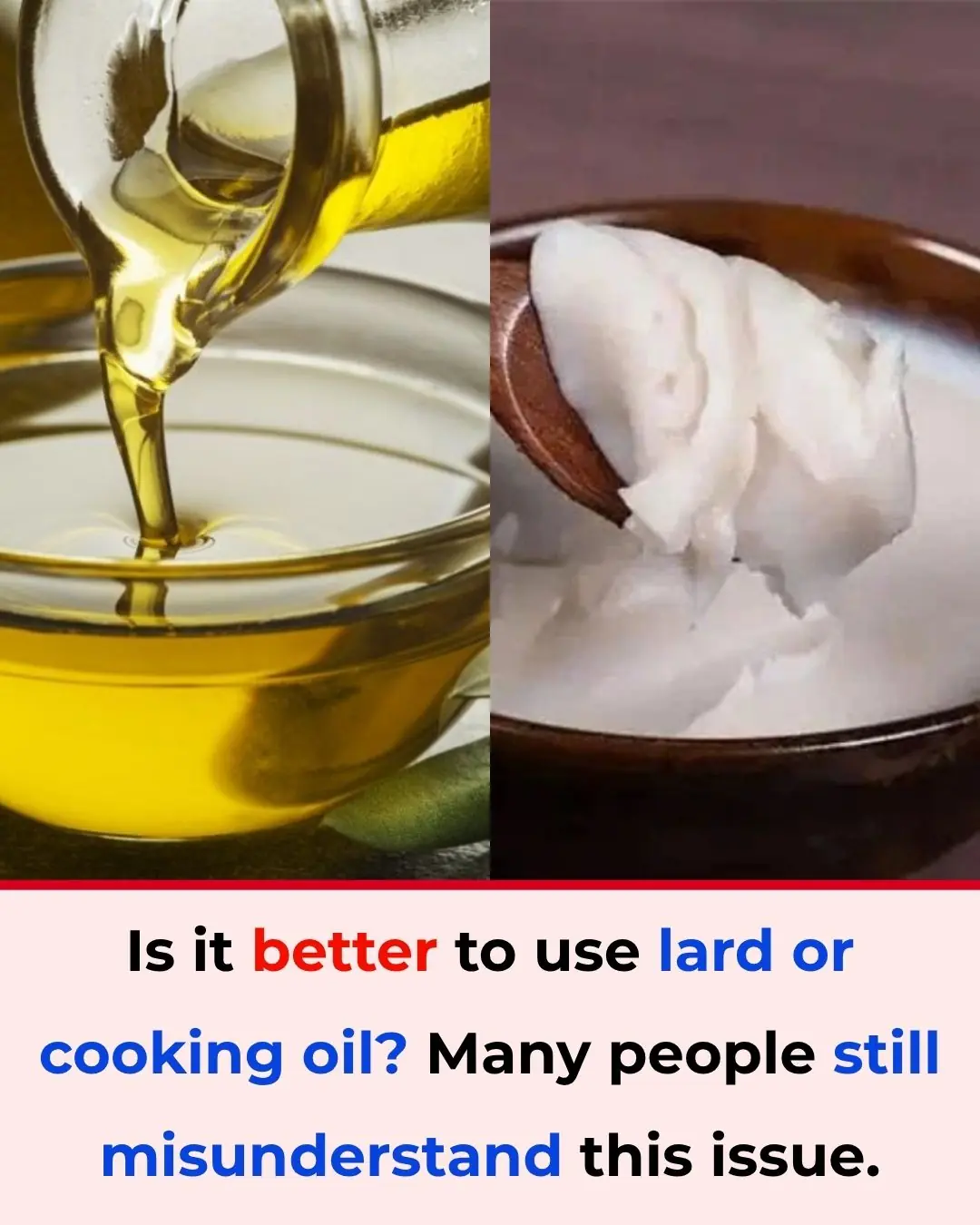
Lard or Vegetable Oil: Which Is Better? Many People Still Misunderstand This Common Cooking Question
